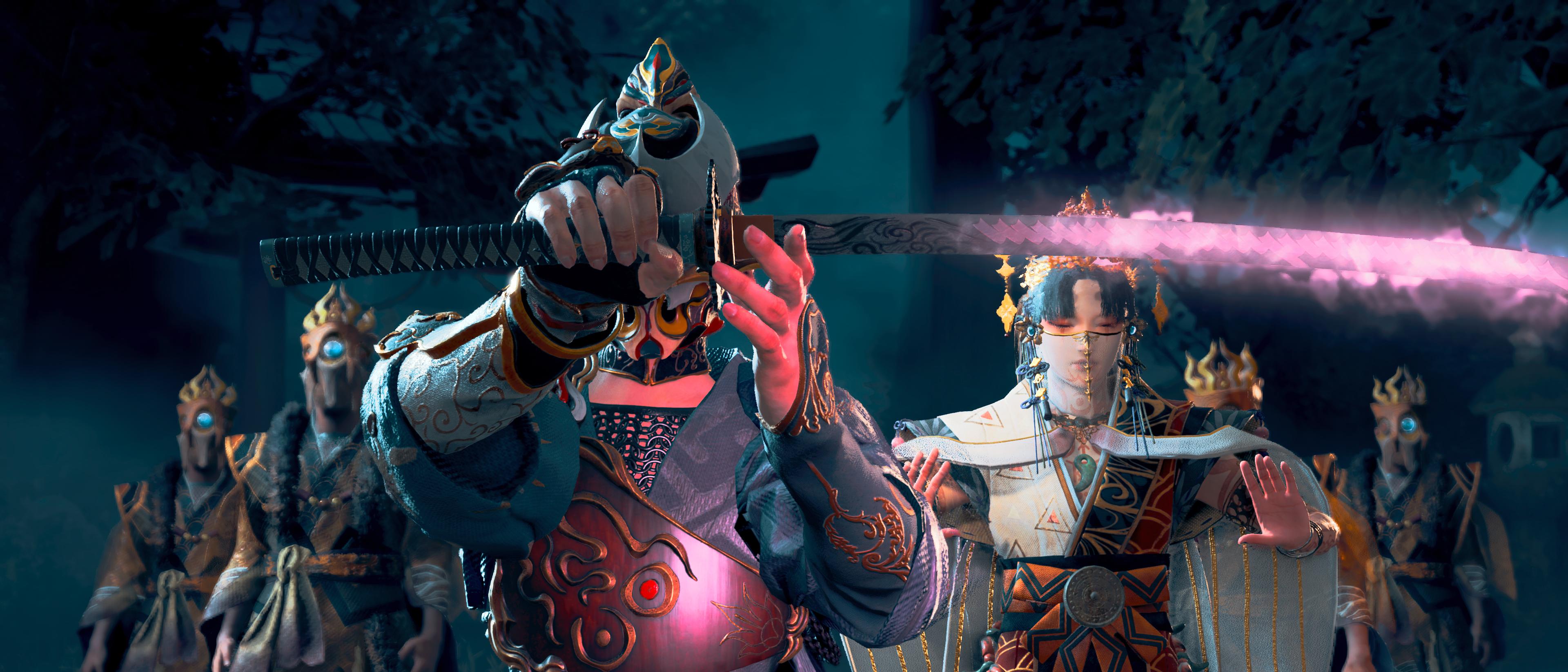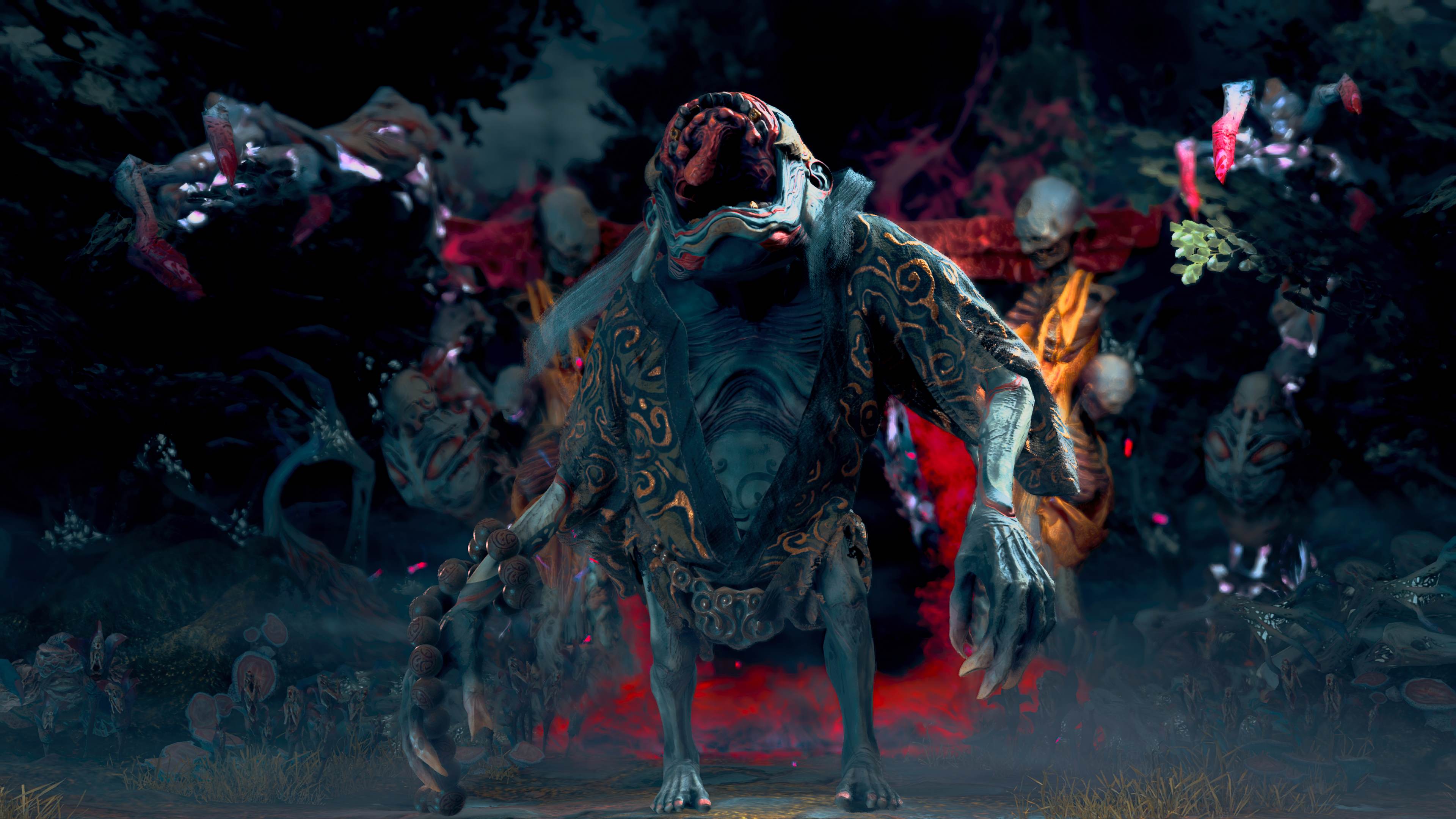Windows Central Verdict
Capcom's new franchise takes another stab at combining action and strategy game genres, and it does so with great success. This tower-defense-like pits you against varied hordes of enemies across diverse challenge stages dripping with style, and it's a lot of fun to conquer. It can sometimes be frustrating more than invigorating, though.
Pros
- +
Stunning art style combining Japanese mythology and modern design philosophies
- +
Effective, fun action-strategy gameplay that leaves you in control without needing to micromanage
- +
Diverse set of unique challenge stages that force you think outside the box on a timer
- +
Plenty of reason to revisit stages to conquer additional challenges
Cons
- -
Often jumps from "challenging" to "frustrating"
- -
Having to manage the Crystal resource between stages feels tedious and pointless
- -
Strategy elements are ultimately quite simple
Why you can trust Windows Central
A smaller team of developers at Capcom, comprised of talent familiar with franchises like Resident Evil and Monster Hunter, set out to crack the code that is the evolving action-strategy video games genre. Kunitsu-Gami: Path of the Goddess is the result, a beautiful title heavily inspired by Japanese mythology that is part third-person action title, part strategy game, part tower defense game.
I had a blast scaling the sides of Mt. Kafuku in Kunitsu-Gami, slowly mastering how to control my allies against the vicious, demon-like creatures that are the Seethe. While occasionally frustrating and tedious, Kunitsu-Gami is ultimately great fun. The subtle story told through gorgeous visuals is only more potent when paired with the challenging, incredibly solid core gameplay loop of explore, purify, organize, command, battle, purify.
After rolling the credits in Kunitsu-Gami: Path of the Goddess, here are my final thoughts on this Xbox Game Pass debut.
This review was made possible thanks to a review code provided by Capcom. The company did not see the contents of the review before publishing.
What is Kunitsu-Gami: Path of the Goddess?
• Price: $49.99 at Amazon (Xbox & PC) | Green Man Gaming (PC via Steam)
• Release date: July 18, 2024
• Developer: Capcom
• Publisher: Capcom
• Genre: Action-strategy
• Players: Single-player
• Install size: 17.1GB
• Playtime: ~16 hours
• Platforms: Xbox, Windows PC, PlayStation
• Xbox Game Pass: Console, PC, cloud
• Reviewed on: Xbox Series X
Kunitsu-Gami: Path of the Goddess hails from legendary Japanese publisher Capcom, although it's a far cry from the company's established, beloved franchises like Resident Evil and Monster Hunter. This is a brand-new IP helmed by a smaller team at Capcom, but still built on top of the capable RE Engine. It's the kind of title we don't see enough from modern AAA publishers — a more creative, lower budget game that rejects the formulaic.
The premise is straightforward enough. Mt. Kafuku is home to many small villages with a storied culture, but darkness has befallen this mountain home. Terrifying creatures known as Seethe are pouring through tears into another dimension, corrupting the land and all the living things within. Only Yoshino, a young maiden, is capable of purifying the land and restoring peace, but she can't do it alone.
That's where you come in. You play as Soh, a spirit guardian summoned by Yoshino's desperate need. You will guide her across Mt. Kafuku, recovering the powerful masks of ancient deities and cleansing villages as you go. Soh is powerful on their own, but you'll need to enlist the aid of the villagers you save to succeed. Soh can infuse villagers with the powers of the masks you recover, and can command the newly strengthened villagers in the battle against the Seethe.
Kunitsu-Gami: Path of the Goddess — $49.99 at Amazon (Xbox & PC) | Green Man Gaming (PC via Steam)
This unique action-strategy game comes from legendary publisher Capcom, and pits you as a spirit guardian against hordes of ominous creatures. You'll need help to keep your maiden safe and cleanse the land of corruption.
Kunitsu-Gami review: The good
The pros highlights
- Kunitsu-Gami's art design is fantastic, with an excellent use of various art styles, color, detailed character designs, and animations.
- The base gameplay loop is also a ton of fun, balancing the stressful exploring, planning, and commanding phase of the day with the frenetic, action-filled phase of the night.
- With lots of allied units, a ton of different enemies, and varied environments with their own unique attributes, Kunitsu-Gami stays fresh.
In my Kunitsu-Gami: Path of the Goddess preview, I drew comparisons between Capcom's latest IP and Minecraft Legends, as both games attempt to blend action and strategy elements. However, where Minecraft Legends gives players all the freedom and control in the world, Kunitsu-Gami employs a focused gameplay loop in isolated areas.
All the latest news, reviews, and guides for Windows and Xbox diehards.
The result? Minecraft Legends feels chaotic, requiring you to micromanage your forces to ensure a positive outcome. On top of that, it's difficult to encounter a battle that actually feels fairly challenging, as small defeats tend to snowball into disasters. Kunitsu-Gami is the opposite. You can plan ahead of time and then react as needed to new developments, you can trust your allies to fulfil their duties, and you can still emerge victorious even when the enemy has your back up against the wall.
The difference between Kunitsu-Gami and its spiritual predecessor is the increased focus on tower defense mechanics. Time is always passing, so you have to very carefully take advantage of every second during the day. Once the sun falls, you'll have to hold off the relentless Seethe until nightfall. The villagers you save and infuse with power can take on a wide variety of roles, and you can plan your defense of Yoshino by sensibly positioning your units according to their unique attributes and capabilities.



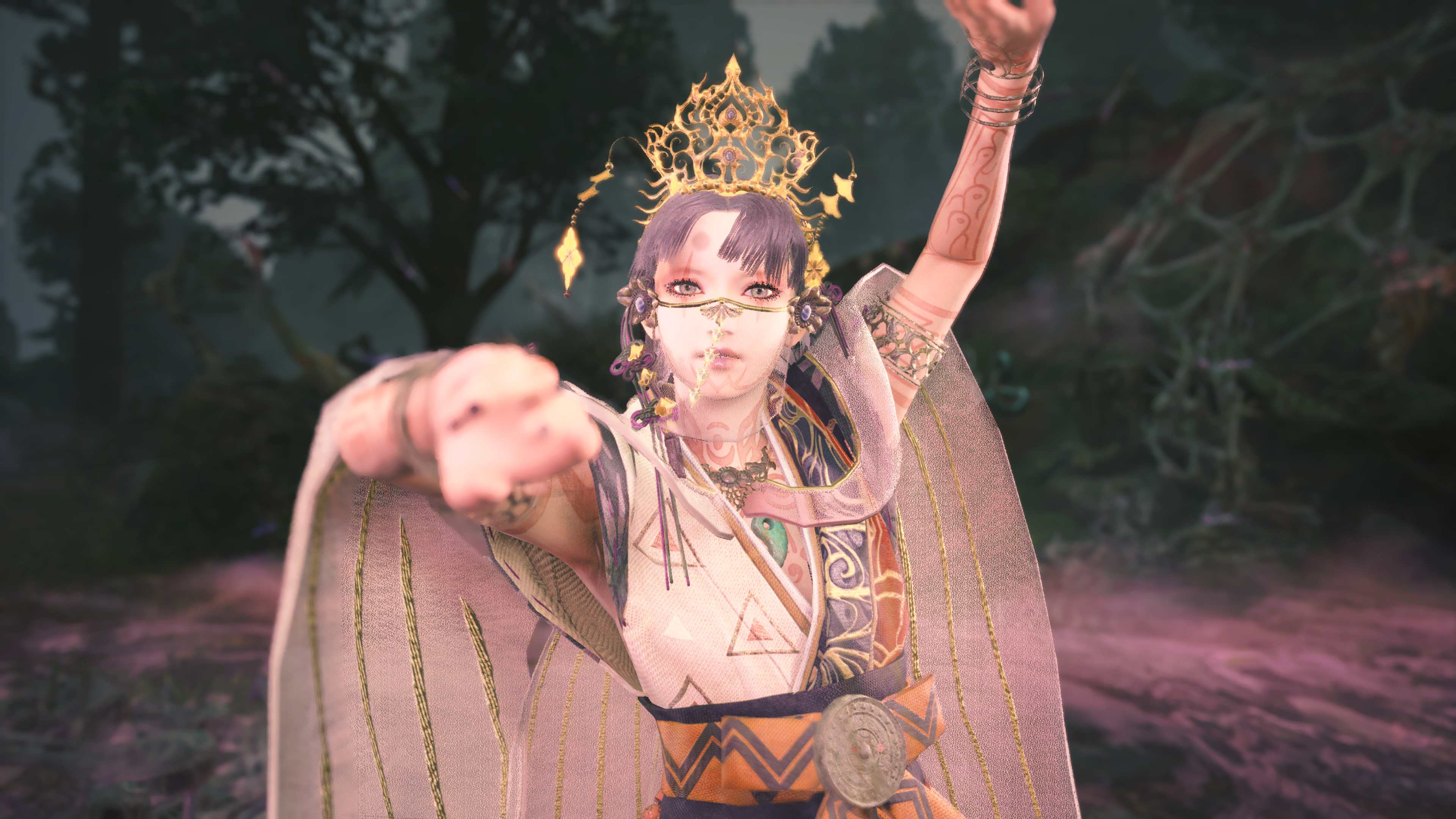
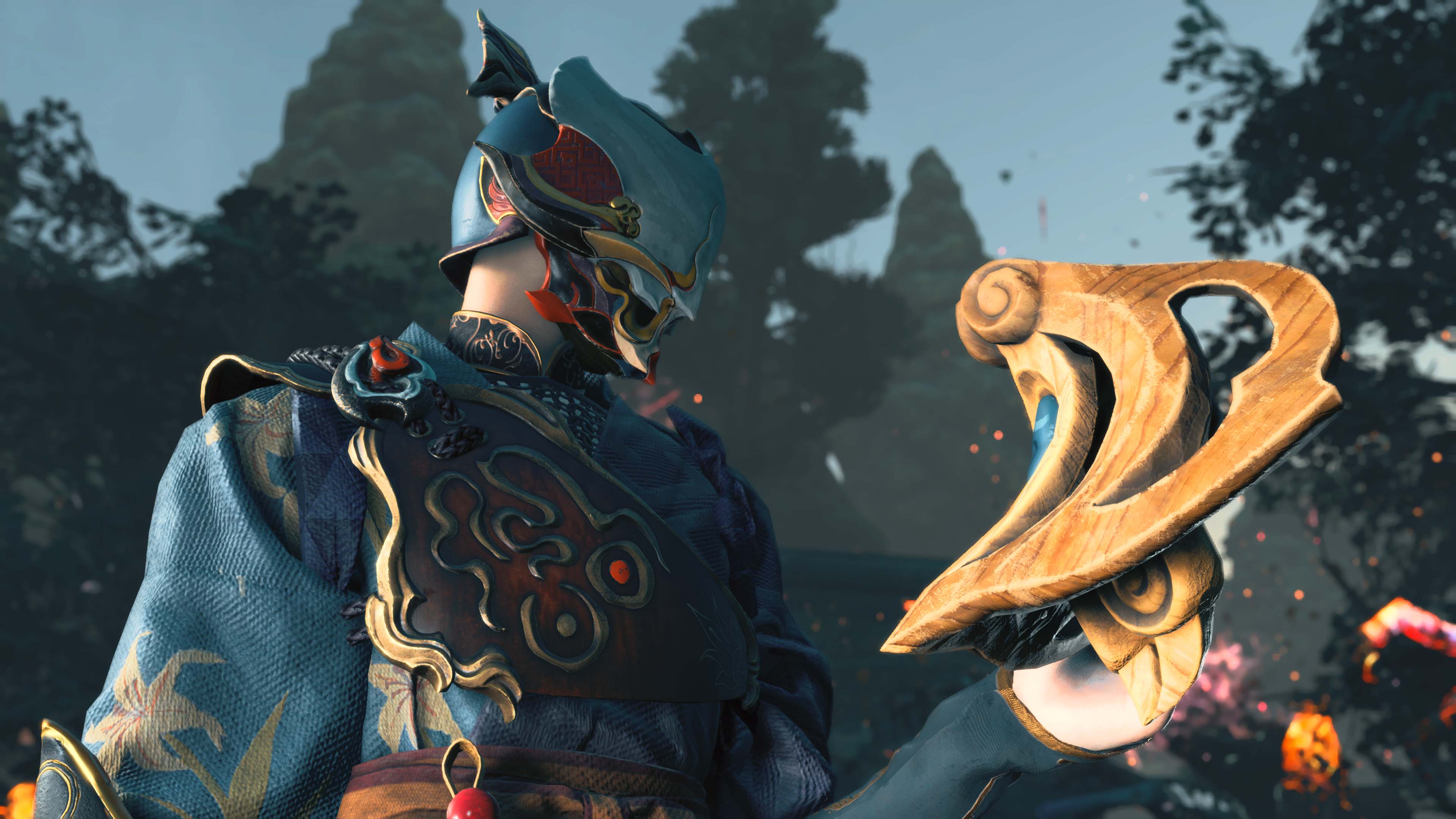
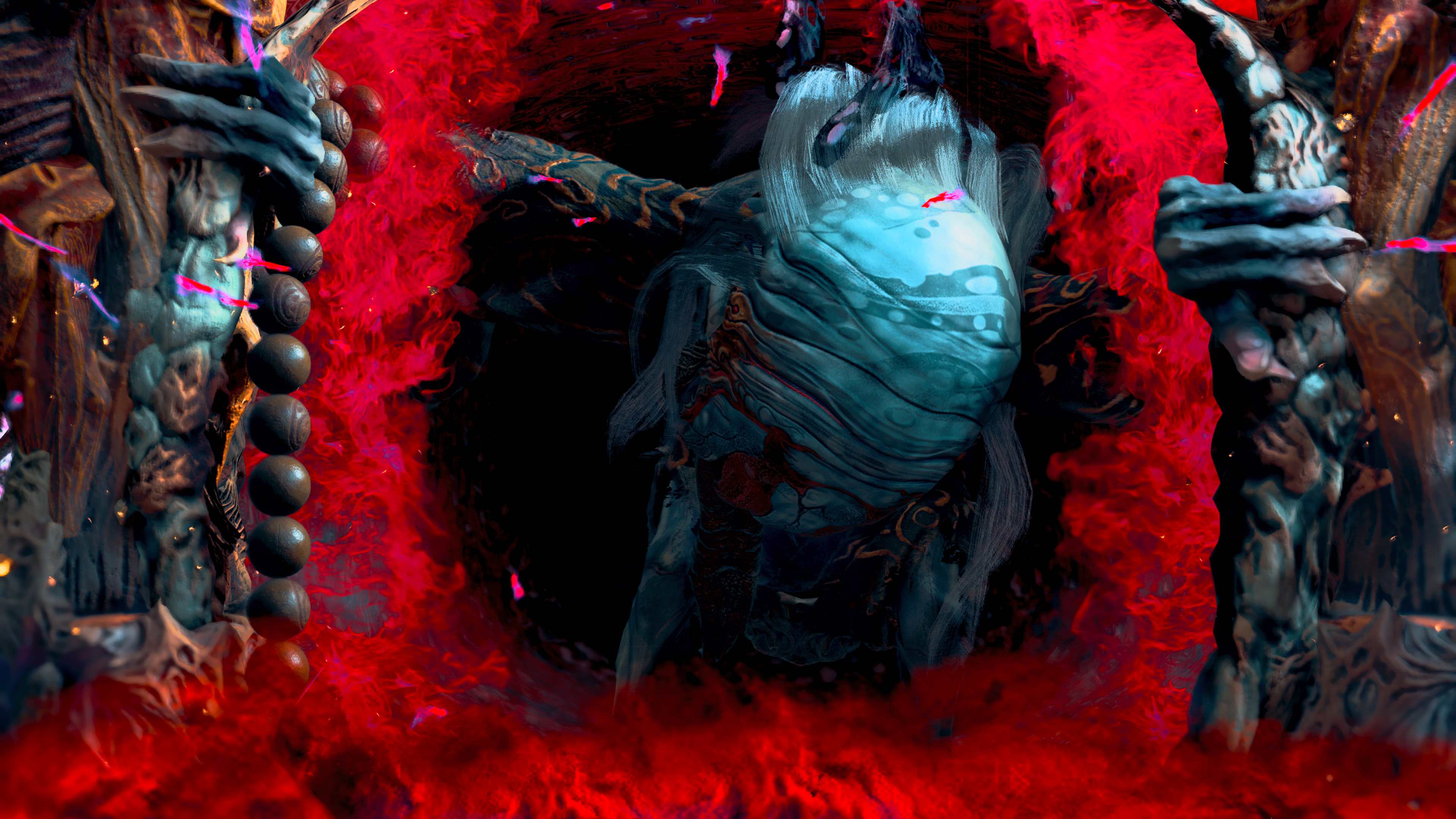
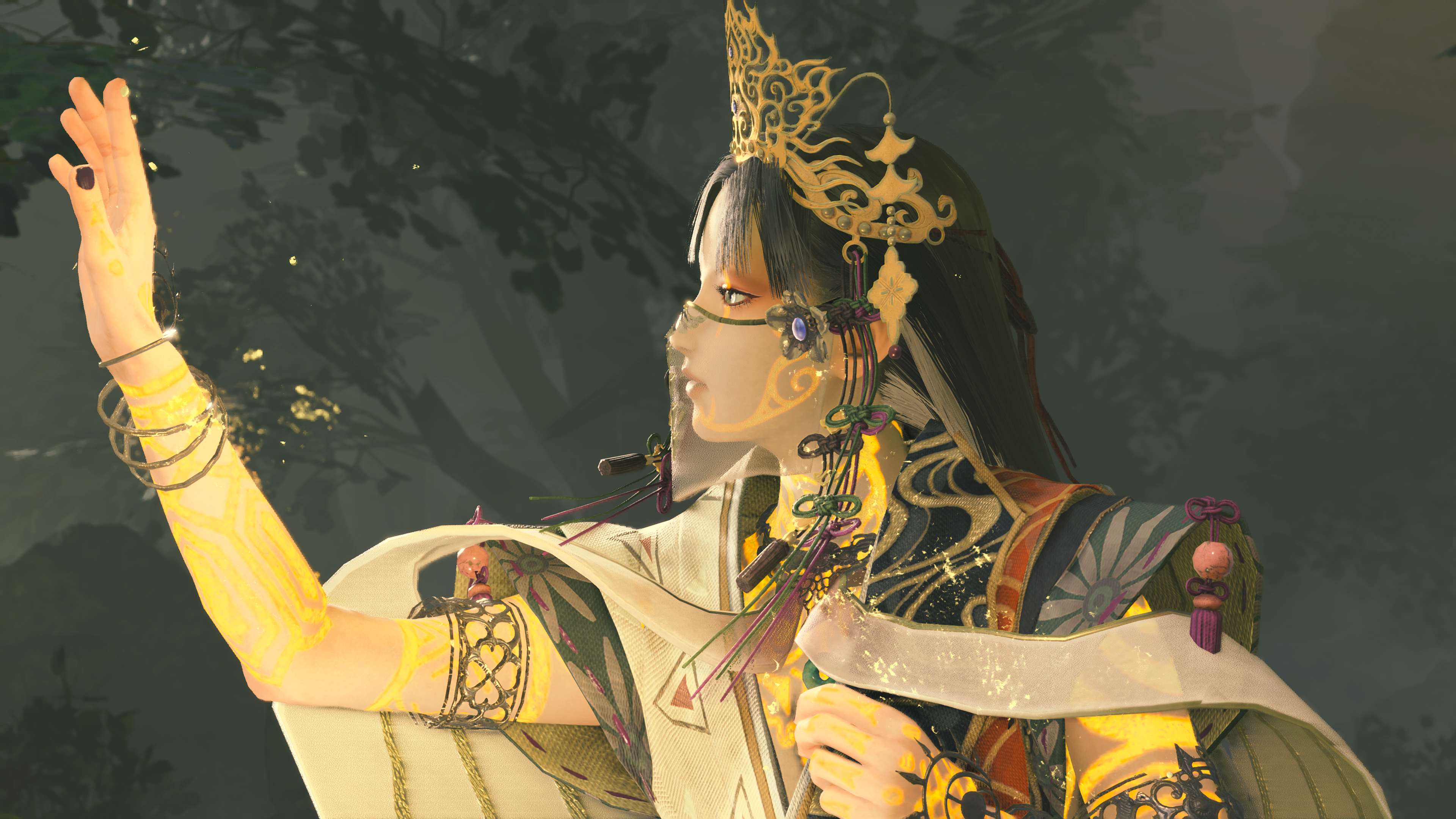
Powerful Sumo Wrestlers can attract enemy aggro in wide areas, holding down positions with powerful area-of-effect melee attacks, while Marksman can take advantage of elevation to pierce multiple enemies with their powerful muskets. Ascetics can assist other units by slowing the tide of enemies, giving more opportunities to attack without provocation. Ninjas can roam the battlefield freely, appearing where they're needed most to unleash versatile attacks. These are just a few roles you can use.
There are a lot of viable strategies in Kunitsu-Gami, and you'll need to employ many in order to respond to the even more varied Seethe. These twisted creatures come in all shapes and sizes, with some focused on raw destructive power, others on their defensive capabilities, and more still on powerful supporting abilities. On the ground and through the air, the Seethe will besiege you from all directions. The night is harrowing, and the defenses you prepare ahead of time can make or break the battle. Of course, you're your own warrior, and you can also command your villagers in the midst of battle.
A never-ending sense of urgency during stages is offset by moments of peace in between them (where you can modify your gear and abilities, upgrade Soh or your different villager roles, and assign villagers you save to rebuild their destroyed villages). It's a fantastic gameplay loop that feels balanced and fair while also constantly driving you forward.

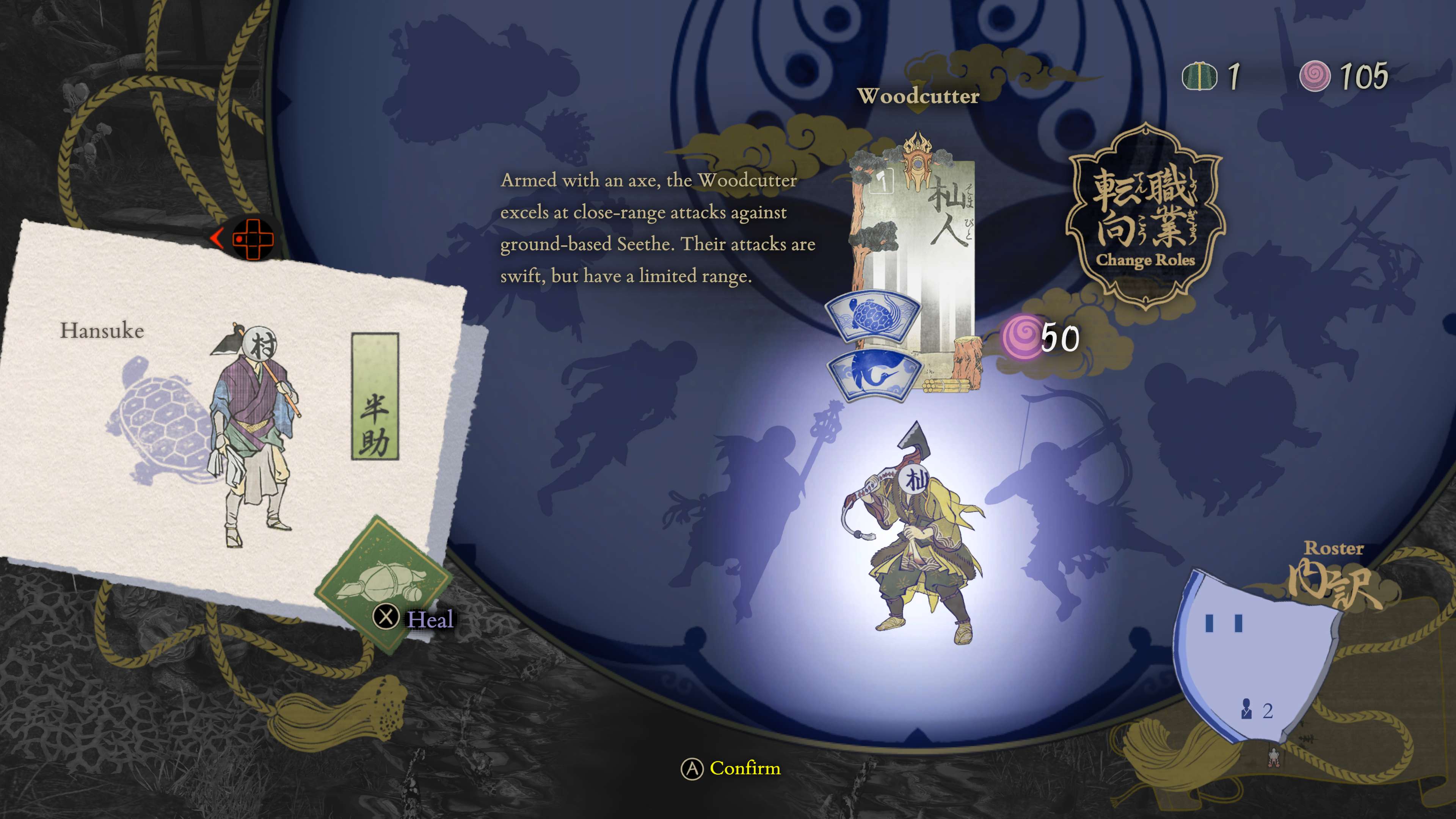




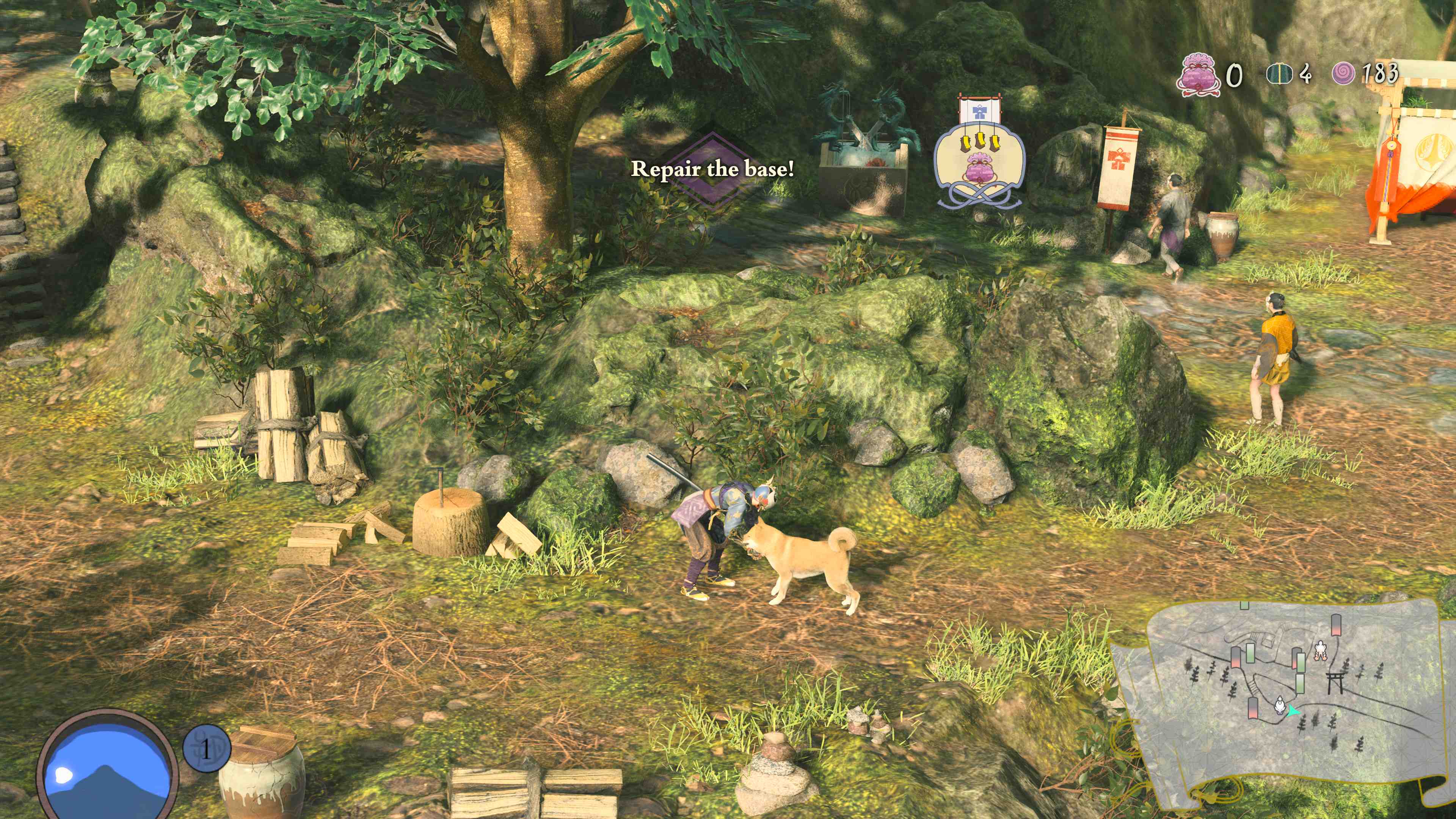
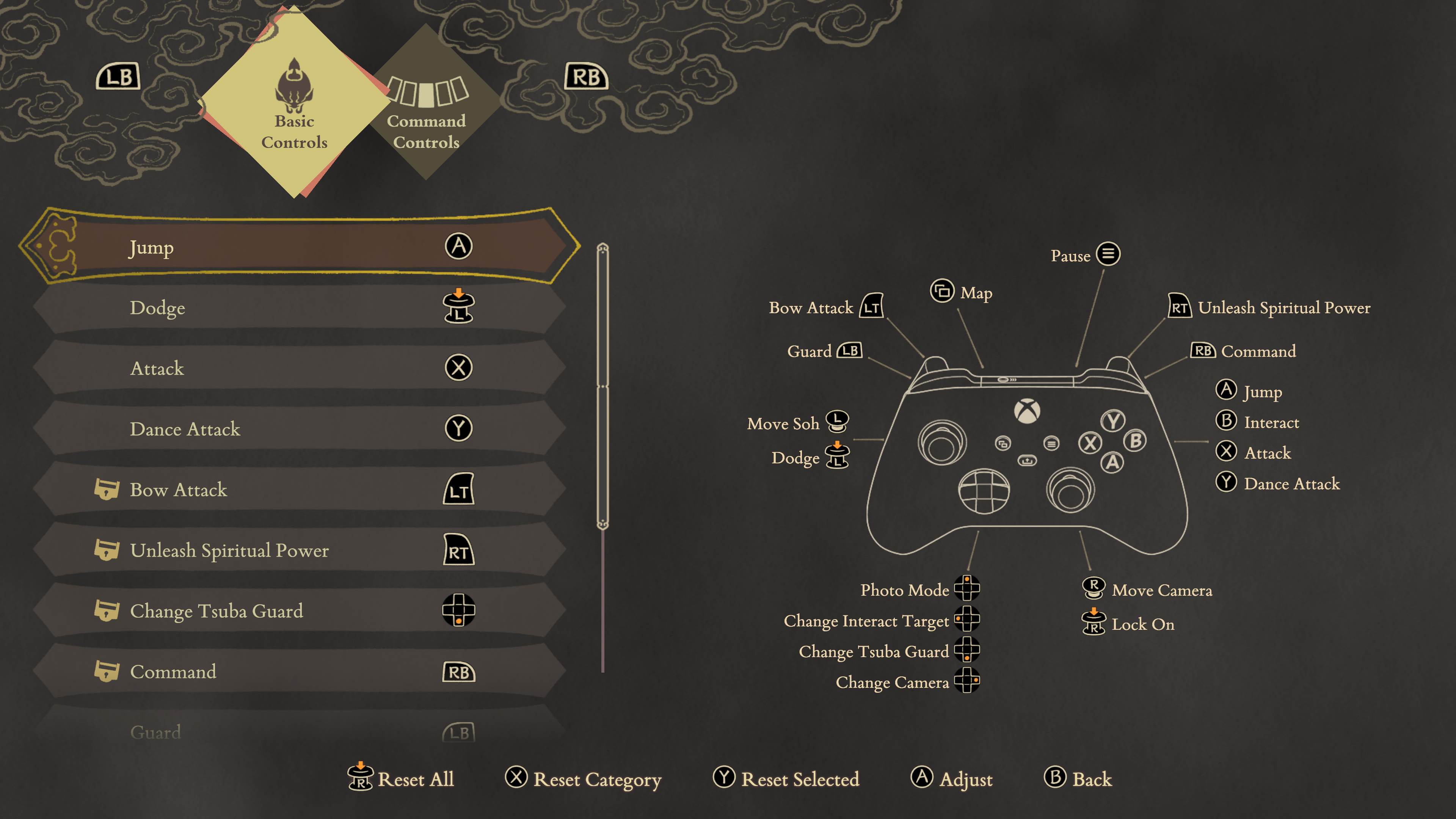
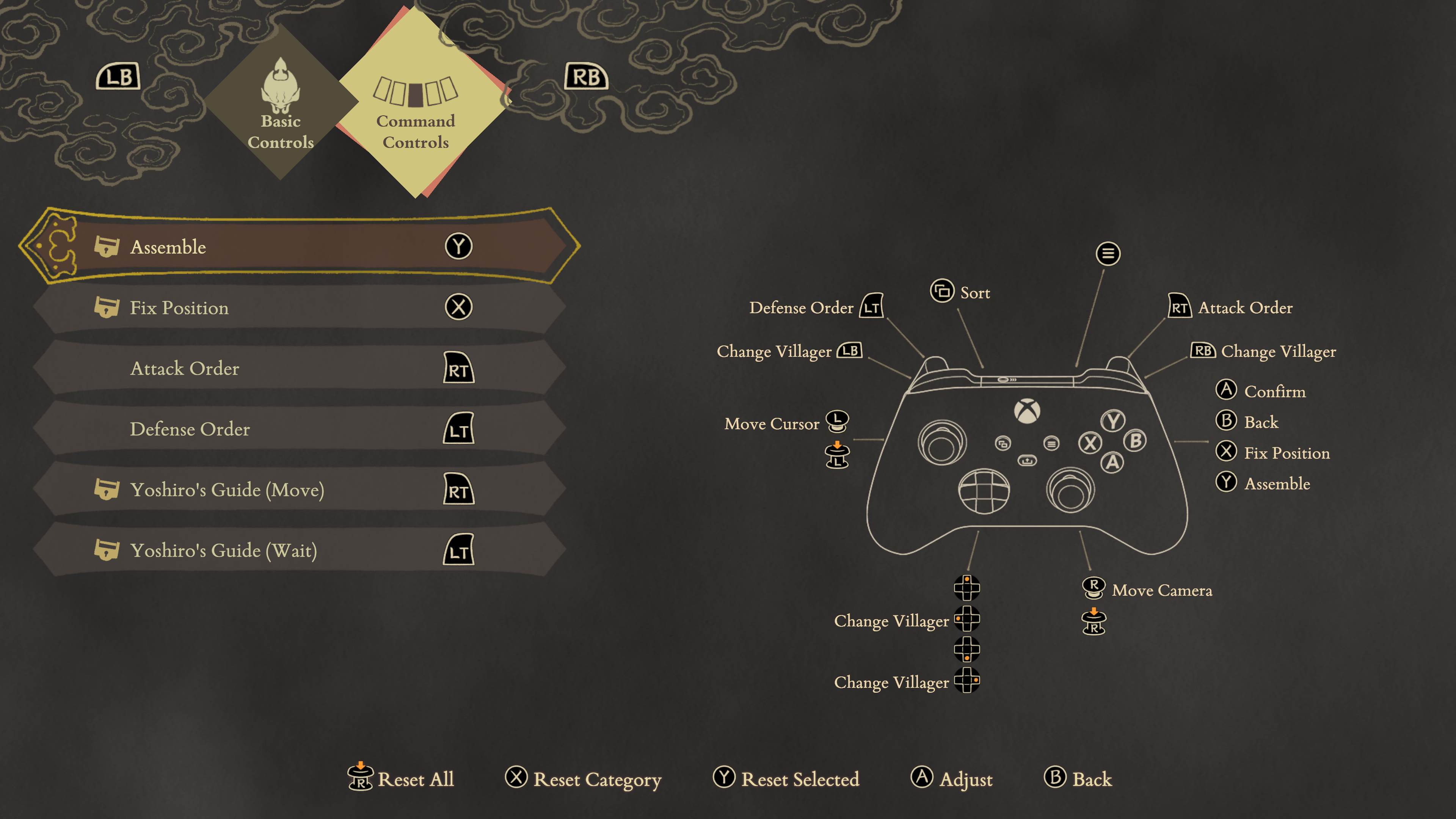

The defenses you can repair and employ in villages, the villagers you can save and command in battle, the resources available to find while exploring, the threats you'll have to face and the challenges you'll have to overcome — these factors are ever-changing, and you'll have to adapt quickly to survive. One constant in Kunitsu-Gami is its presentation, though. This is a stunning art design that I adore, backed by wonderful (or visceral) character designs and a moving soundtrack.
Kunitsu-Gami oddly moves between vivid and muted colors, but it somehow works to make a unique color pallet that compliments the world Capcom has built here. This game is clearly very heavily inspired by classic Japanese eras and the accompanying mythology, but it doesn't necessarily bind itself to these styles. The Seethe are especially striking, with a huge array of different designs that are all morbid and unsettling in their own way.
The narrative is admittedly subtle and simple, but there is a beauty to that simplicity, weaving a tale of the strength of human perseverance, the cost of corruption in humanity, and the reality that you cannot remain pure to cleanse that corruption.
Put it all together, and Kunitsu-Gami is wholly unique, a game unlike any other I've played. It's also quite approachable, although it can be challenging to master Soh's personal combat abilities on top of managing your allies, resources, and defenses. Capcom didn't cut corners when it came to accessibility either, with a decent selection of options and accessibility features for visual, audio, or physical challenges.
Kunitsu-Gami review: The bad
The cons highlights
- There are times when Kunitsu-Gami goes from being challenging to being frustrating.
- This isn't helped by the fact that you have to micromanage Crystals, a valuable resource you need for every single stage.
- Kunitsu-Gami is also fairly straightforward and simple as a strategy game, which some hardcore strategy fans may not love.
When I sat down to write about Kunitsu-Gami, I was worried I'd struggle to find what to say. It turns out, there's so much I can talk about with this game. Fortunately, most of it is positive, but this isn't a perfect addition to Capcom's catalog. While this is a surprisingly challenging game in the latter half, there are also plenty of moments where it's downright frustrating.
You have to be flexible in Kunitsu-Gami, but there's a fine line between challenging players to adapt and forcing players into a specific playstyle. Kunitsu-Gami usually lies on the correct side of that line, but it doesn't always get the balance right. There are moments where you're forced to complete stages just as Soh, with no villagers to aid you. Suddenly the "strategy" half of this action-strategy game is gone, and you'll find yourself struggling unless your gear and upgrades were already selfishly focused on Soh's combat abilities.
Kunitsu-Gami: Path of the Goddess is happy to let you change all your upgrades and gear around as you please between stages, but it can be annoying to have to fail at a stage just so you can learn what you'll need to actually win.
Some players may also lament how simple the strategy portions of Kunitsu-Gami's gameplay can be. The AI for villagers is surprisingly effective at prioritizing the best targets for their individual abilities and position, but your role as commander is basically to position and reposition your villagers. Some stages have defenses you can take advantage of, and others dramatically shake up the typical format, but you can boil Kunitsu-Gami down to being a dynamic tower defense game with you in the middle of the conflict.
Personally, I believe that simplicity helps Kunitsu-Gami stay approachable and consistent, but it's undeniable that there's a predetermined limit to how challenging of a strategy game Kunitsu-Gami can be solely because there's only so much you can do to plan and manage.
I will nitpick, though, by saying that having to manage your Crystals (the resource that lets you guide Yoshino through stages and assign roles to villagers) between stages frankly feels needlessly tedious. You have a set limit to the Crystals you can carry into a stage regardless, and it honestly feels pointless to have to constantly revisit past villages just to accrue tiny bits of Crystal so you're not immediately at a disadvantage when starting a new stage.
Kunitsu-Gami review: Final thoughts
You should play this if ...
✅The idea of an action-adventure game with simple but strong strategy elements excites you
Kunitsu-Gami: Path of the Goddess expertly blends action and strategy with a focused gameplay loop. It's dynamic, stressful, challenging, and varied in all the right ways, even if it can frustrate at times. If you've always wanted your tower defense games to have a lot more third-person action, this is where to go.
✅You want a game perfect for short, casual play sessions
Because Kunitsu-Gami divides its world into set stages and unique challenges, it's wonderfully easy to sit down and play for short periods of time before setting it down again. There's also plenty of replayability, too, with various unique objectives and a New Game+ mode for even more potential rewards.
You should not play this if ...
❌You want a full-blown strategy game
A real-time strategy or 4X grand strategy game, this most assuredly is not. Hardcore strategy fans excited about a new addition to the genre should bear in mind that this really is half-action, half-strategy. You won't be able to rely on strategy alone to win, as Soh plays a crucial and active role in every battle.
Kunitsu-Gami: Path of the Goddess doesn't tell some elaborate and fantastical story — in fact, there's hardly any dialogue at all in the entire game. You won't be exploring a massive open world filled with countless side quests. You won't be commanding an army of hundreds, building cities, or toppling empires. Kunitsu-Gami is deliberately, intentionally focused, and that works wonderfully to its favor.
The individual stages tend to be quite small and you'll only have a maximum of 12 separate villagers under your command, but the tight and polished gameplay loop plus the diversity of allies and enemies makes this game feel much larger than it is. It took me around 16 hours to reach the end, but I did take my time repairing villages and even repeated some earlier stages for additional rewards; either way, there's absolutely more untapped potential in Kunitsu-Gami, too, and I hope we see it with DLC, or content updates like new challenge modes, or a sequel, or whatever else Capcom wants to do with this budding franchise.
I found myself frustrated at times and immensely bored at others, but that was only when the game briefly wandered away from the core gameplay of preparing by day and battling by night that is actually a ton of fun. I love seeing smaller passion projects like this come out of major publishers, and I do believe Kunitsu-Gami: Path of the Goddess is one of the best Xbox games to come out this year so far. I look forward to returning to Mt. Kafuku to battle the Seethe more in the future.
Kunitsu-Gami: Path of the Goddess releases on July 18, 2024 for Xbox Series X|S, Xbox One, Windows PC, and PlayStation 5 and 4. It's also a day one addition to Xbox Game Pass, PC Game Pass, and Xbox Cloud Gaming. You can buy Kunitsu-Gami: Path of the Goddess for $49.99 at Amazon (Xbox & PC) or Green Man Gaming (PC via Steam).

Zachary Boddy (They / Them) is a Staff Writer for Windows Central, primarily focused on covering the latest news in tech and gaming, the best Xbox and PC games, and the most interesting Windows and Xbox hardware. They have been gaming and writing for most of their life starting with the original Xbox, and started out as a freelancer for Windows Central and its sister sites in 2019. Now a full-fledged Staff Writer, Zachary has expanded from only writing about all things Minecraft to covering practically everything on which Windows Central is an expert, especially when it comes to Microsoft.
